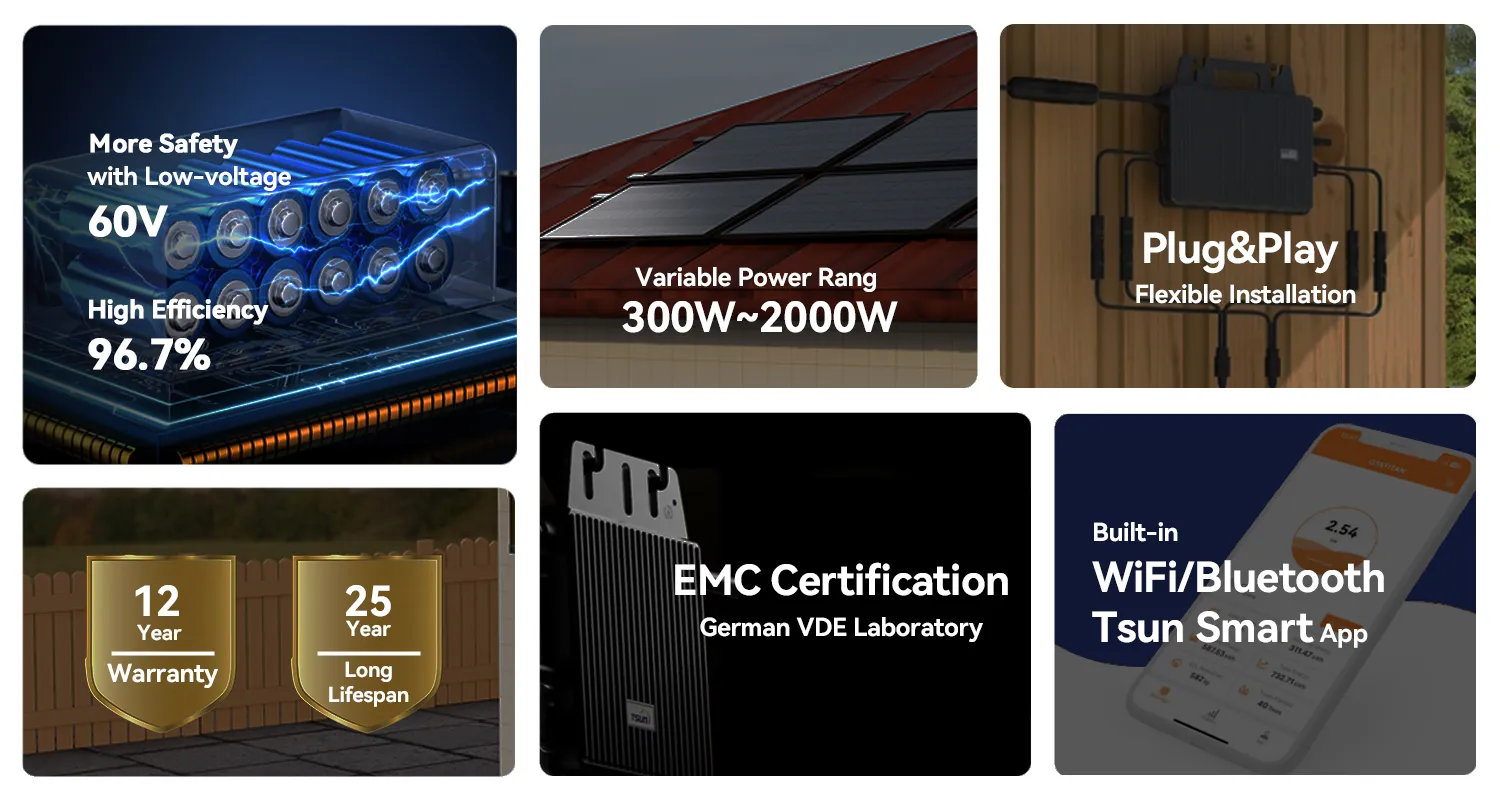In recent years, the solar energy landscape has transformed dramatically, introducing a variety of innovative technologies designed to maximize energy output and efficiency. Two of these innovations,
solar microinverters and power optimizers, have been at the forefront of this transformation. Both technologies enhance the performance of solar panel systems, but understanding their differences is crucial for making an informed decision.

Solar microinverters are devices that convert the direct current (DC) produced by each individual solar panel into alternating current (AC), which is the form of electricity used by most home appliances. One of the key advantages of microinverters is their ability to optimize the power output of each panel independently. This is particularly beneficial in scenarios where panels might be partially shaded or when they are oriented in different directions. By addressing the output at the panel level, microinverters can mitigate the impact of shading and ensure that each panel performs to its fullest potential. Homeowners have reported significant improvements in overall energy harvest, especially in installations where shading is unavoidable.
On the other hand, power optimizers work slightly differently. These devices are installed on each solar panel and serve to optimize the DC electricity output before sending it to a central inverter, which then converts the aggregated DC into AC. Power optimizers enhance the energy production of each panel by adjusting its current and voltage, ensuring optimal performance even under varying conditions. Many users have noted that power optimizers can offer a more cost-effective solution compared to microinverters since they still rely on a single inverter for the entire array, which can simplify maintenance and reduce overall costs.

Both technologies offer valuable benefits, but choosing between them often depends on specific installation conditions and personal preferences. From an expertise perspective, microinverters are generally recommended for complex rooftops where shading is a significant concern, or where panels face multiple directions. The ability to isolate each panel's performance has been noted by several industry experts as a primary advantage, providing a tailored solution that can significantly enhance the system's total output.
solar microinverter vs power optimizer
Conversely, for systems installed in open spaces with little to no shading, power optimizers could be the more economical choice. By optimizing each panel before channeling the electricity to a single inverter, power optimizers can suffice in maximizing system performance without the added cost of equipping each panel with a microinverter.
Authoritativeness in the solar energy field emphasizes the relevance of selecting the right technology for the right setting. Solar installation professionals with years of experience consistently point out that both microinverters and power optimizers have their places in different installation scenarios. They advise potential users to consider technological compatibility, overall system design, and future maintenance when choosing between these options.
Trustworthiness is also an essential factor in this decision-making process. Testimonials from verified users who have experienced the long-term benefits and drawbacks of using microinverters or power optimizers can offer valuable insights. Reports of increased energy yield, ease of maintenance, and overall satisfaction vary among users, underlining the importance of dealer transparency and warranty offerings that can affect long-term reliability and service satisfaction.
In conclusion, the decision between solar microinverters and power optimizers should be made after a thorough evaluation of installation circumstances, cost implications, and performance expectations. Each offers a distinct mechanism for enhancing solar energy systems, but their suitability depends heavily on individual project specifications. Whether optimizing for minimal shading or aiming for cost efficiency with less complicated systems, understanding these differences can guide you towards a more informed and effective solar installation.
 LEARN DETAILS
LEARN DETAILS



